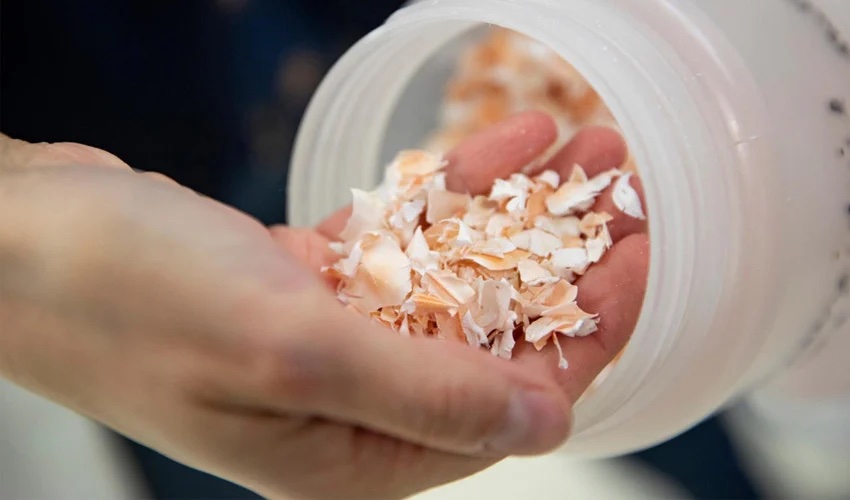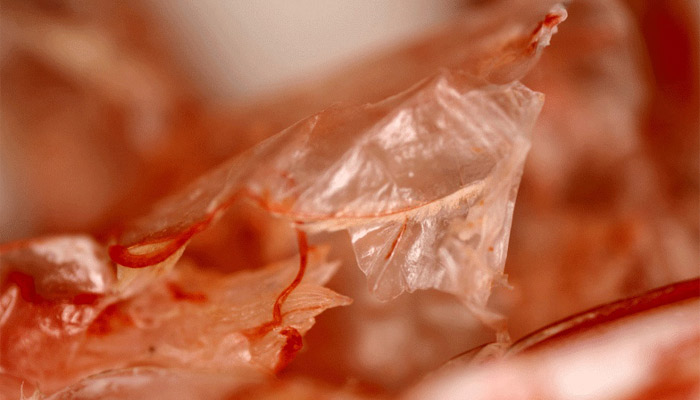Can Chitosan Improve the Sustainability of 3D Printing Plastics?

Why not use natural resources to design new 3D printing materials? That’s the thinking behind a team of researchers from Malaysia, Singapore, Thailand and India. They sought to understand how they could use chitosan, a natural polymer found in certain insects, to create a composite thermoplastic that is compatible with extrusion processes. The goal is to promote a more sustainable and environmentally friendly means of production and consumption. Their tests led to the development of several polymers, including a composite PLA that is denser and more temperature resistant.
Chitosan is a derivative of chitin, a hard and impermeable substance found on certain insects and in the shell of crustaceans. It is a natural polymer that is used in various industries such as cosmetology, agri-food or medical. It is characterized by its biodegradability and biocompatibility. Chitosan can be extracted in various ways, and if our researchers were interested in terrestrial insects only, it is to avoid using processes such as deacetylation, which is not very environmentally friendly.

Chitosan is often recovered from crustacean shells
So the team looked at terrestrial insects as a sustainable source of chitosan; they can be easily grown without damaging the health of our planet. However, the use of their chitosan in printing remains debated. The researchers had to conduct several experiments and tests before obtaining satisfactory results. Indeed, they first found that a PLA matrix enriched with chitosan and chitin from terrestrial insects was less resistant and rigid. The higher the concentration, the more this resistance decreased. So what is the point of adding this natural resource to the plastics on the market?
In further tests, the researchers observed that PLA/chitosan and PLA/chitin composites had better ductility compared to pure PLA. Remember that ductility represents the ability of a material to deform without breaking. The chitosan could thus allow to harden the PLA. The tests also indicated that these composites had good thermal stability and interesting compression properties for applications in food packaging, for example.
One thing is certain, this composite, compatible with the FFF 3D printing process, would be more environmentally friendly. It remains to be seen how chitosan would react with other matrices such as ABS or polycarbonate for example. In the meantime, you can find more information HERE.
What do you think about the use of chitosan in 3D printing? Let us know in a comment below or on our LinkedIn, Facebook, and Twitter pages! Don’t forget to sign up for our free weekly Newsletter here, the latest 3D printing news straight to your inbox! You can also find all our videos on our YouTube channel.
*Cover Photo Credits: David Boily / La Presse






